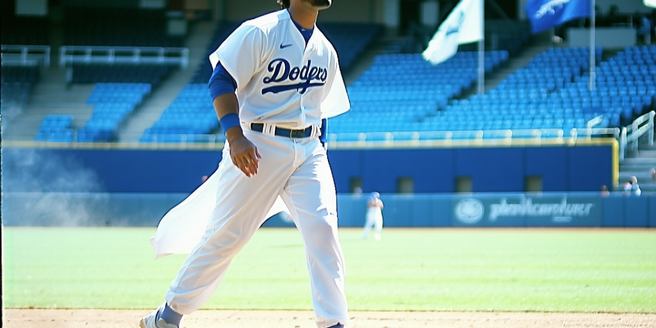
Material Choices for Maximum Comfort and Flexibility in Windy Conditions
Choosing the right materials for baseball uniforms is crucial when facing windy conditions. Fabrics like polyester blends and microfiber are popular for their lightweight and breathable properties. They wick moisture away from the body, keeping players dry and comfortable. Additionally, stretchable materials ensure freedom of movement, crucial for running, swinging, and fielding. Another vital factor is the fabric’s durability, as it must withstand rigorous play without tearing or wearing out. Selecting materials with these characteristics provides athletes with the confidence to perform at their best, regardless of the weather conditions. Moreover, incorporating mesh panels in key areas can enhance air circulation, reducing drag and allowing players to stay cool. Ultimately, the right material choice balances comfort, flexibility, and performance, essential for windy game days.
The Role of Fit: Ensuring Your Uniform Stays Put
Fit plays a critical role in ensuring that a baseball uniform remains in place during windy games. A well-fitted uniform minimizes the possibility of it being caught by a gust of wind, reducing distractions and allowing players to focus on their performance. Elasticized waistbands and cuffs ensure a snug fit without compromising comfort, while adjustable features like drawstrings can provide customization to suit individual preferences. Tailoring uniforms to each player’s body shape can also prevent excess fabric from flapping, which can be both a comfort issue and a distraction. Furthermore, reinforced seams and designs that contour the body assist in maintaining a streamlined look and functionality. Ensuring the perfect fit is a balance between comfort and practicality, enabling athletes to perform convincingly under adverse weather conditions.
Layering Strategies to Retain Warmth Without Hindering Performance
Layering is an effective strategy to combat cold winds without sacrificing athletic performance in baseball. The base layer should be a moisture-wicking fabric to keep sweat away from the body, reducing the chill factor. Following this, a warm mid-layer, such as fleece, provides insulation against cold air, while maintaining flexibility for ease of movement. The outer layer should be wind-resistant, made from materials like nylon or specially designed sports textiles, which protect against wind chill while still being breathable. It’s essential that each layer is lightweight and doesn’t restrict motion, enabling players to retain their full range of movement. By employing thoughtful layering, athletes can maintain their body temperature and focus on the game, unimpeded by the challenges of windy conditions on the field.
Color and Design Innovations for High Visibility
Color and design play a significant role in ensuring visibility during windy and overcast games. Incorporating bright and contrasting colors in uniforms not only reflects team spirit but also enhances players’ visibility on the field. Innovative use of reflective or fluorescent materials can help in low-light conditions, ensuring that players remain visible to teammates and coaches. Patterns and designs that incorporate these elements can give teams a unique look while serving a functional purpose. Furthermore, designs that strategically place colors in ways that maximize the human form can make athletes more recognizable from a distance, aiding communication and coordination during play. By combining aesthetics with practicality, color and design innovations in uniforms contribute to both performance and team identity in the dynamic conditions of the sport.
Caring for Your Uniform to Maintain Its Wind Resistance
Proper care and maintenance are essential for preserving the wind resistance of baseball uniforms. It’s crucial to follow washing instructions carefully, as detergents and fabric softeners can affect the performance of wind-resistant materials by leaving residues that compromise their protective features. Washing uniforms inside out can minimize friction during cleaning, preserving the fabric’s integrity. Air drying is recommended over tumble drying to prevent shrinkage and damage to the fabric’s protective coatings. Regularly inspecting uniforms for signs of wear and tear and addressing repairs promptly can prolong their lifespan. Additionally, storing uniforms in a dry, cool place prevents humidity damage. By implementing these care strategies, players can ensure their uniforms remain in optimal condition, maintaining their functionality and extending their usability across multiple windy seasons.
